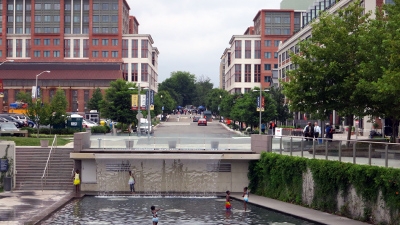At a recent panel discussion on urban regeneration, Andy Altman, former director of planning for Washington, D.C., pointed to an ad in the local paper for a jazz festival at the city’s waterfront. “What was a derelict piece of land has now become such a big part of the life of the city,” he said.
The waterfront is an area that was reborn through the Anacostia Watershed Initiative, a 30-year, $10 billion program launched by the District of Columbia government in 2000 which links economic development with watershed restoration through a public-private partnership.
Washington, D.C., may be the capital of the world’s largest economy, but not too long ago, it was better known as a city in decline, mired in a deep fiscal crisis. Its recent success using innovative financing tools to redevelop underused land through this initiative is now attracting interest from rapidly growing cities in the developing world.
In the Latin America and Caribbean region, where nearly 80 percent of the population is urban, many large cities hope to make better use of former industrial areas or vacant lots, often in central areas where land is scarce, to curb urban sprawl – but financing such regeneration projects is a challenge.
Cities interested in developing financial tools based on land-value capture, including Fortaleza, Sao Paulo, Buenos Aires, Lima, and Medellin, joined the discussion virtually to hear about the District of Columbia’s approach.
“Innovative financial instruments that leverage the value of land are attractive alternatives to finance redevelopment of urban areas, and cities are very eager to understand and develop them,” said Catalina Marulanda, World Bank lead urban specialist for the Latin America and Caribbean region.

